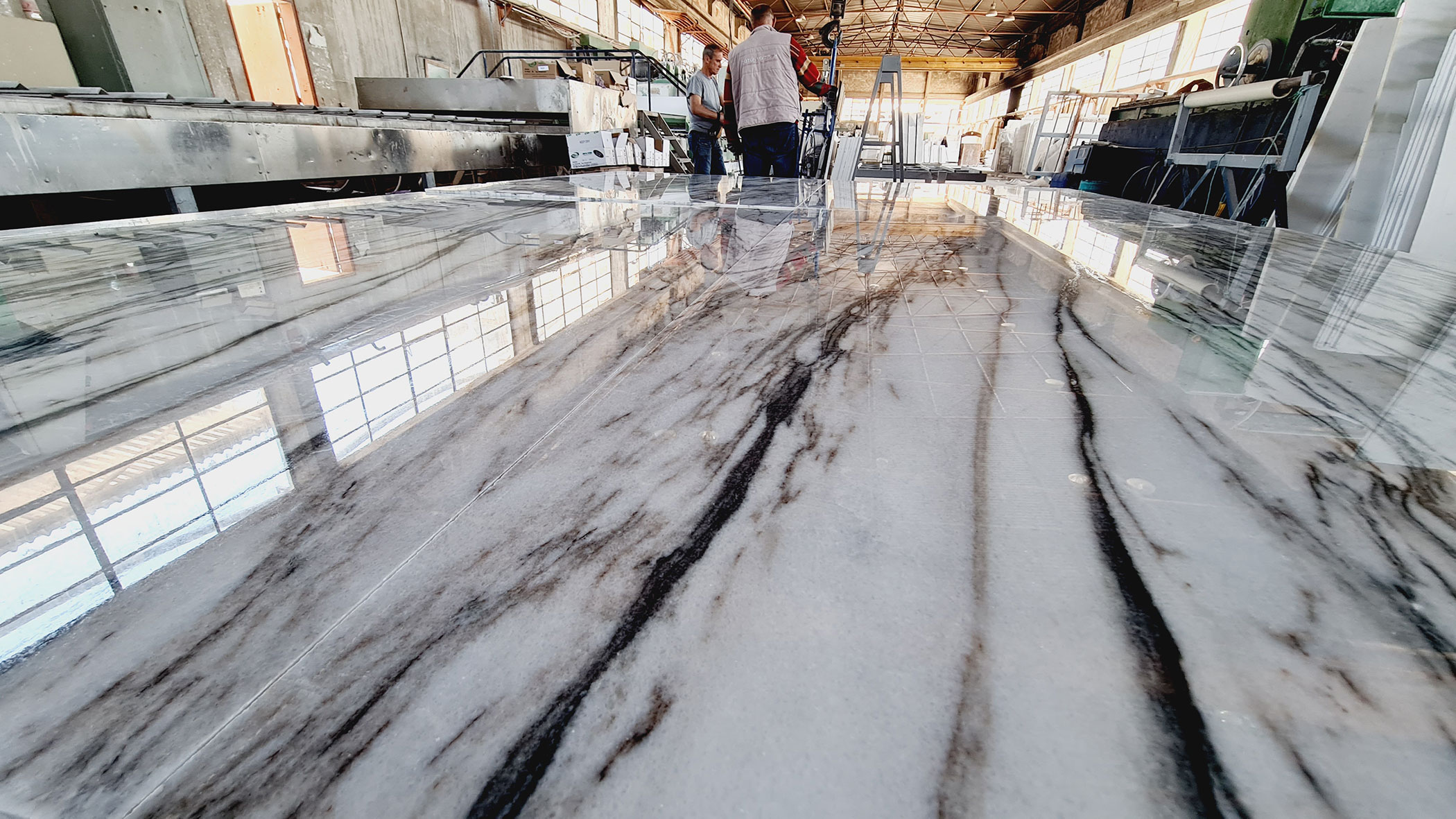
How to adorn your home with the best quality marble
Marble has been, since ages, the sculpture’s stone. Many of the world’s renowned sculptures — Michelangelo’s David, the Venus de Milo and Auguste Rodin’s The Kiss — have been carved out of this elegant stone, sourced from the breathtaking-taking Apuan Alps.
Well, if you could, you would have these masterpieces smuggled into your living room! Unfortunately, that’s not an option. What you can, however, do is to have marble adorn the floors of your home. And while the marble used during these bygone ages is no longer available, you can still lay your hands on some rare and beautiful marble slabs. But be prepared to spend nothing less than a fortune on them. The Statuario, the Golden Portoro and the Calacatta are some such rare Italian beauties.
The Italian connection
Italy is the world’s leading producer of marble. China, India and Spain are the other big ones. What sets Italian marble apart is its immense variety, with the uncommon ones being quite steeply priced.
Depending on the look and thickness, a slab of Statuario marble, for instance, can cost you anywhere between ₹1,000-3,000 per square feet. So, if you’re planning to redo a 500 sq ft space in your house with Statuario, it can easily lighten your wallet by at least ₹10 lakh assuming a rate of ₹2,000 per sq ft. Once wastage, and labour charges for laying and polishing the stone are accounted for, the cost gets bumped up further.
But not all Italian marble is expensive. The well-known Carrara quarries located at the foothills of the Apuan Alps have been the source of some of the world’s best quality marble since the times of Ancient Rome.
Carrara is the home of the prized Statuario marble, which is in great demand for its pristine whiteness. With many of its deposits having been exhausted over time, the Statuario which comes with grey streaks commands a premium today. The Calacatta Gold, a white marble with gold streaks, is yet another expensive variety. But the city of Carrara also produces the more widely available and relatively inexpensive Carrara marble.
What’s pricey?
So, what makes one slab of marble expensive and another inexpensive? According to Vivek Goyal, Sales Leader at Goyal Marble & Granite, an importer, processor and distributor of Italian and Indian marble and granite stones, the rarity of the stone is the most important determinant. The appearance and the origin of the stone too matter. So, non-white marble found in a region which is otherwise known for white marble, will be priced high.
To Jagdishan, Marketing Manager at Marble Italia, Bengaluru, that deals exclusively in imported marble, the character — how closely a slab of stone matches the typical description of that particular stone — impacts pricing. Apart from appearance, the lot, size and thickness of the stone too are important. For instance, a particular lot of an artistically patterned Golden Portoro (black marble with yellow-golden veins) can fetch a much higher price than the usual one.
According to Jagdishan, the price of a 20 mm thick (international standard) slab of Italian Statuario or an Austrian White mined from the best of quarries could very well go up to ₹3,000 per sq ft. The company imports marble from Italy, Greece, Spain and Turkey.
But, if you are looking for something Indian that is also exclusive, then you can go for the famed Makrana marble from Rajasthan, which was used for building the Taj Mahal. And though not as steeply priced as some Italian marble, at ₹700-1,000 a sq ft, the Makrana can too hardly be considered cheap. Most other Indian marble of the same size will cost you ₹65-200.
Is it genuine?
While you may be charmed by the beauty of marble, don’t let yourself get carried away. Do check for the genuineness of the stone .
While there is no standardised testing such as hallmarking in the case of gold, there are laboratories that can certify the genuineness of a specific lot of marble.
“If a client wants a certain type of marble, we can take a sample from that particular lot and get it tested,” says Jagdishan. According to Vivek, however, buying is largely based on trust and so the brand matters a lot.
“We buy from the actual mine owners and not through intermediaries. We have purchase departments that hand pick marble from the actual quarrying sites abroad. Most marble suppliers, on the other hand, buy from wholesalers like us,” says Vivek. Once you’ve convinced yourself of the genuineness of the marble, what comes next is taking care of it. Even the best of marble requires some care. Marble is essentially calcium carbonate and it reacts adversely to acidic liquids. So, if you spill lemon juice or vinegar on your floor, ideally wipe it off as soon as you can to avoid permanent staining. But, don’t fret even if you forget to do so. For, today professionals can be called for help.
Apart from that, the kind of finishing — polishing or honing — that you choose for your marble floor too can make a difference to how stains and scratches affect its look. Polishing, which gives marble a shiny and glossy look, also provides it a protective layer making it more resistant to stains. But the shininess makes scratches more visible. On the other hand, honed marble shows fewer scratches because of its matte finish.
article source